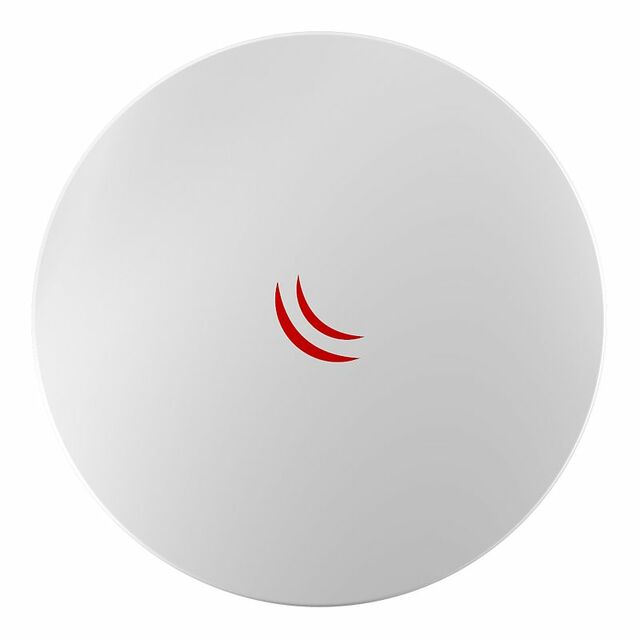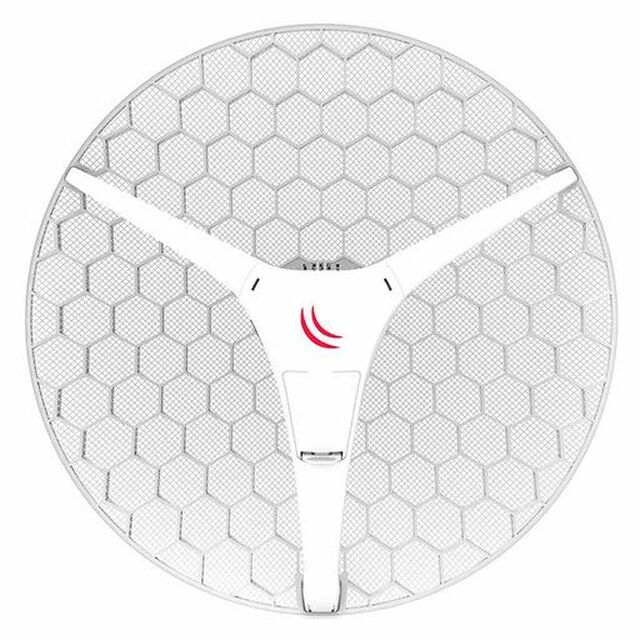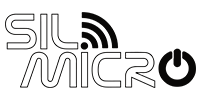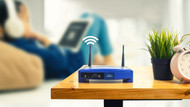How do you select the optimum Wi-Fi Antenna for picking up distant signals?
Published by Sil Micro on 14th Feb 2022
Antennas are essential components of wireless local area networks (WLAN). They help the wireless signal that we use to surf the web, play video games, work from home, and watch movies. Furthermore, they influence signal intensity and range.
Choosing the proper network antennas is crucial whether you want to boost your signal, replace existing WiFi antennas, or build a long-range wireless network.
What is the operation of WiFi Antennas?
Wireless devices communicate with one another using radio waves. These wireless transmissions are nothing more than electromagnetic waves (EM waves) carrying data packets. Network antennas transform electromagnetic waves into electrical impulses and vice versa.
Receiving and transmitting external wifi antenna is found in wireless networking devices such as hotspots, tablets, laptops, cellphones, and wireless routers. Receiving antennas detect EM waves holding information packets and transform them into electrical signals that the device can handle. The transmitting antennas, on the other hand, transform electrical impulses into EM waves to send information packets.
What is the best WiFi Antenna for...?
WiFi Point-to-Point Networks with a Long Range
Two directional antennae are required to connect your internet connection to another building. Which directional outdoor wifi antenna you must use will be determined by the range between the buildings. For instance, if the buildings are around a mile apart, a Yagi or panel antenna will suffice; but, if the structures are considerably further apart, a grid antenna is an ideal solution.
The outdoor wifi antenna should ideally be installed on the roofs of each structure. It is vital to aim the antennas at each other and ensure that they are aligned throughout the installation procedure. Furthermore, there must be no impediments between the two wifi antennas; a clean line of sight is essential.
WiFi Point-to-Multipoint Networks with Long Range
Wireless point-to-multipoint networks connect many facilities to a central site. You'd need a lot of directional antennas but one omnidirectional antenna to build such a network.
Point-to-multipoint networks can be found on college campuses. To disseminate the signal in all ways, the directional antenna must be positioned on the roof of the central structure. Every other structure will necessitate the installation of a directional antenna on the roof and its alignment with the omnidirectional antenna. It is vital to have a direct line of sight between the Omni antenna and the directional wifi antennas, just as it is in point-to-point networks.
Improve your long-distance WiFi reception
WiFi USB adapters are sometimes used to obtain a stronger WiFi connection. Rubber duck external wifi antenna is used by default on the adapters. Unfortunately, those antennas aren't always the best at picking up long-distance WiFi connections. To catch a signal from a greater distance, if the adapter includes a detachable antenna, you may replace it with a micro panel antenna, a normal panel antenna, or a Yagi antenna.
Recommended
MikroTik DynaDish 6 Dual Chain 25dBi Long Range 5.9-6.4GHz Integrated Antenna

Description
The Dynadish 6 has the same efficient antenna design and casing as the popular 5 GHz variant, but it runs at the licensed 6GHz frequency. This implies less interference than the frequently saturated 5 GHz bands, allowing for faster speeds and greater reach. By operating above the most common WiFi frequencies, you may now construct wireless networks from crowded towers without encountering noise issues. Buy Now
2. MikroTik RBLHG-2nD-XL LHG XL 2 with 21dBi 2.4GHz Long Range Antenna International Version

Description
The RBLHG-2nD-XL is a tough outdoor light head grid antenna with built-in wifi! The gadget includes a 210.5dBi antenna and 2.4 GHz 802.11b/g/n dual-chain wifi. The grid design protects against wind, and the antenna element is embedded into the wireless device, so there is no cable loss. The item is shipped disassembled for easier shipment, however, it is quite simple to install and has a basic grounding attachment point. The LHG XL 2 variant can cover even greater distances. Buy Now

